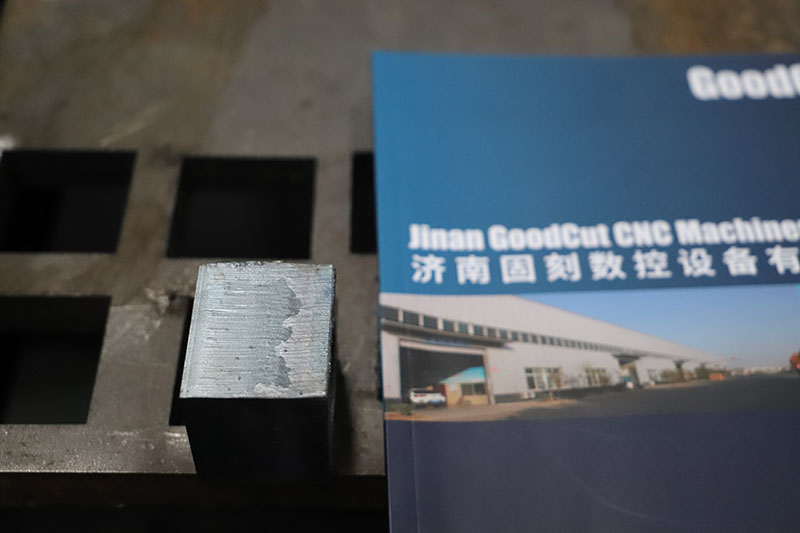When cutting carbon steel with a fiber laser, precision in perforation is essential for ensuring smooth and efficient cutting. Below are some expert suggestions for optimizing perforation and overall cutting performance.

1. Increase Peak Power: Use 70%-100% of peak power to improve perforation efficiency. This helps in rapidly breaking through the surface of carbon steel.
2. Ensure Laser Centering: Proper laser alignment is crucial. Adjust the perforation focus to about -6 to achieve better results.
3. Air Pressure Settings: Keep oxygen pressure consistent between perforation and cutting, typically around 1 bar for carbon steel.
4. Multi-Level Perforation: Between perforation stages, stop the light and use a burst of air. This technique helps prevent hole bursting.
5. Adjust Perforation Frequency: At the third stage of perforation (high position), match frequency and dwell time for smooth slag removal and improved cutting stability. Use frequencies around 500-800Hz, with a dwell time of about 100ms. The focus should be between 0 and +2.
6. Duty Cycle Management: Gradually increase the duty cycle from 35% to 75%, stepping up from level 3 to level 1 to ensure a smooth transition through the perforation stages.
7. Cutting Height Adjustments: Adjust the cutting height for each perforation level: 20mm for level 3, 15mm for level 2, and 10mm for level 1.
8. Frequency Settings: Use frequencies of 100-300Hz for levels 1 and 2 perforation to maintain consistent cutting performance.
9. Focus Settings by Level: Set the focus between -6 and -2 for levels 1 and 2, and between 0 and +2 for level 3. Positive focus at level 3, combined with high power and frequency, creates a small groove, easing the subsequent cutting process by thinning the plate and helping slag removal.
10. Pulse Perforation Technique: Most perforation methods for carbon steel involve pulse lasers. High peak power in each pulse melts a small amount of material, aided by oxygen, allowing for stable cutting with minimal slag formation.
Specific commissioning results will be determined based on on-site conditions; the content of this article is for reference only.


· Single nozzles are generally suitable for air or nitrogen cutting, while double nozzles are better for oxygen cutting.
During High-Power Tuning:
· Break traditional assumptions. In some cases, using a single nozzle for oxygen cutting in high-power scenarios may yield better stability and surface finish than a double nozzle.
Managing Nozzle Overheating:
· When cutting thick carbon steel with high-power lasers, overheating can affect the capacitance of the ceramic ring and destabilize the cutting head. Test the nozzle temperature under full power and use additional cooling methods, such as air or water-cooling systems, to prevent overheating.


Contact: Smile Ji
Wechat: 008618396857273
Whatsapp: 008618396857273
Tel: 008618396857273
Email: smileji@goodcutcnc.com
Add: 402 Jinxing Longsheng Building, High-tech district, Jinan City, Shandong Province, China